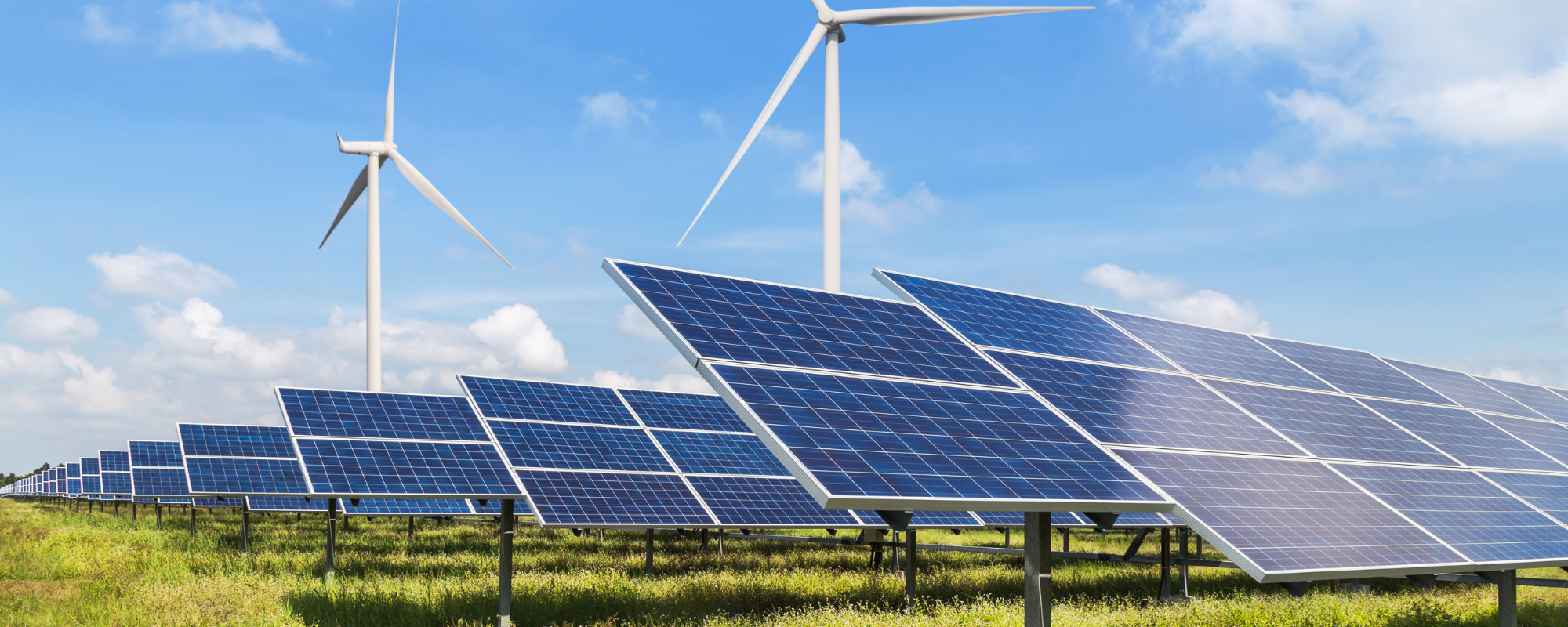The world of electricity is constantly evolving, particularly as we’re looking for ways to get closer to a greener, more sustainable future. Today, many economic, geopolitical, and trade issues may contribute to the uncertainty of availability and affordability, which can be unsettling for our lives (and our wallets).
We know traditional energy sources are being traded for more renewable, cleaner ones. However, what else should we look for in the next year? Here’s what you can expect about the future of electricity in 2023.
Turning to Renewables
Solar and wind energy have seen a boom in response to increasing gas prices throughout 2022 and will continue into 2023. World governments, businesses, and households are all seeking to become less dependent on high gas and power prices from fossil fuels. Legislation, such as the Inflation Reduction Act will also contribute to a push toward cleaner energy.
The Inflation Reduction Act (IRA) will make it more affordable for families to purchase energy-efficient appliances when they need to, make repairs around their homes, and save money on their utility bills each month. The IRA is poised to potentially create over 9 million jobs in the climate tech industry by 2032. It will also provide small businesses with a tax credit that may cover 30% of the cost of switching over to low-cost solar power. Homeowners who choose to make energy-efficient upgrades to their home or build a new home that meets energy star requirements may be eligible for tax credits. Purchasing an American-made electric vehicle could also help you obtain a tax credit through the IRA. We’ll likely start seeing the effects of this act this year.
Focusing on Carbon Footprint
A carbon footprint is how much greenhouse gas we generate in our lives. This footprint includes a multitude of different gasses that get trapped in our atmosphere, which leads to pollution and global warming. Fortunately, consumers are becoming savvier about the products they use and what a company’s carbon footprint life cycle looks like, from the raw materials they source to the recyclability at the end of its life.
In our lives, there are numerous ways to reduce our carbon footprint at home. Adjusting your diet, how you choose to travel, how you shop and changes you can make to your home are all areas in which we can reduce our consumption. One of the best ways to reduce your carbon footprint? Switch to a clean energy company! At CleanSky Energy, we help you reduce your impact by offering 100% renewably sourced energy plans for your home and business. You can also expect carbon-neutral natural gas, a commitment to reducing pollution, and transparent energy plans.
For more about reducing your carbon footprint, click here.
Equality in Energy
In the past, the transition to clean energy has been focused on more affluent areas and the people that live there. While clean energy is increasingly available, access to it is not equal. These areas have benefitted from incentives like tax credits for rooftop solar panels or electric vehicles, while many low-income communities were left behind. At CleanSky Energy, we know that renewable energy hasn’t always had the best reputation for being affordable. Oftentimes, electric companies will charge a premium for clean energy – but that’s not how we do business. You’ll find that our renewable electricity and carbon-offset natural gas rates are often comparable and even present a savings to plans from other companies that include energy backed by fossil fuels. That’s because we want to make the choice easy for consumers and businesses to go green.
The term “energy equity” refers to disadvantaged communities that have been historically marginalized and consumed by pollution, a lack of investment in clean energy infrastructure, and limited access to energy-efficient housing and transportation. Renewable energy can provide positive effects on our planet and allow more equality and access to all. This drive towards energy equity could further increase in 2023, as the connection between sustainable energy and energy equality becomes more apparent. The Inflation Reduction Act plans to make clean energy more affordable and accessible by supporting the deployment of distributed zero-emission technologies like heat pumps, community solar, and electric vehicle charging. This will ensure that over 50% of its investments are in disadvantaged communities. Additionally, a new grant program has been created to help families cover the cost of replacing energy appliances and equipment.
Cybersecurity and Energy
Unfortunately, cyberattacks on security have become more common over the past decade. The energy sector relies on heavily automated and loosely protected processes, networks, and organizations, making it much more vulnerable to attack. Beyond ransomware, or “hacktivists,” there is the threat of Disrupted Denial of Service Attacks (DDoS), which are large-scale attacks that temporarily disrupt services or operations.
Energy companies will be looking to upgrade their defenses against potential future cyberattacks. According to Deloitte, “Cyber threats are expected to rise in 2023 and beyond, as the clean energy transition progresses, focusing on both utility-scale and distributed renewable energy resources. Utilities and renewable developers are also expected to continue staffing up cybersecurity departments amid a growing gap in qualified cybersecurity talent.”
No matter what the future of electricity holds in 2023, one thing is for certain: CleanSky Energy will be a part of it! We believe that green energy is for everyone, and are working to empower our employees and customers to help reduce pollution by making clean energy affordable, simple, and practical.
Ready to make the switch? Let CleanSky Energy help you find the perfect plan for you today!
References:
https://www.energy.gov/lpo/inflation-reduction-act-2022
https://www.cisa.gov/sites/default/files/publications/understanding-and-responding-to-ddos-attacks_508c.pdf
https://www2.deloitte.com/content/dam/Deloitte/us/Documents/energy-resources/us-eri-renewable-energy-outlook-2023.pdf
https://www.whitehouse.gov/cleanenergy/?utm_source=www.cleanenergy.gov

